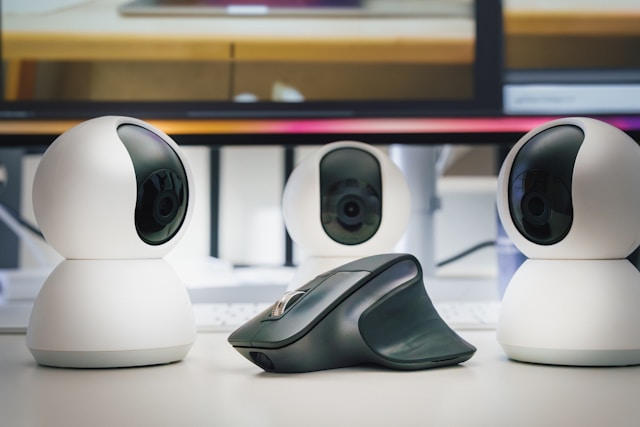Agile Stand Up Meetings: Your Daily Dose of Productivity

Imagine a world where your daily stand-up meetings are less of a chore and more of a catalyst for progress. That's the magic of effective agile stand-up meetings. It's not just about checking in, it's about getting your team aligned, energized, and ready to conquer the day.
But, let's be honest, agile stand-up meetings can sometimes feel like a time-suck, lacking focus and clarity. That's where the magic of devActivity comes in.
What are Agile Stand Up Meetings?
In the agile world, stand-up meetings are the heart of daily communication. They're short, focused, and held every day to keep the team aligned and productive. Think of them as a quick huddle, where everyone updates each other on their progress, roadblocks, and plans for the day.
Why are Agile Stand Up Meetings Important?
Think of your team as a well-oiled machine. Each team member is a gear, and the daily stand-up is the key that keeps them all moving in sync. These meetings are essential for:
- Keeping everyone in the loop: No one gets lost in the shuffle. Everyone knows what everyone else is working on.
- Identifying roadblocks early: Issues are surfaced quickly, allowing for faster solutions and less project derailment.
- Boosting accountability: Knowing everyone is watching, team members are more likely to stay on track and deliver.
- Creating a sense of momentum: Daily check-ins fuel a sense of progress and keep the team moving forward.
Best Practices for Agile Stand Up Meetings
Remember, stand-ups are all about efficiency, so let's dive into the best practices to make them truly effective:
1. Keep It Short and Sweet
Time is precious, so stick to a strict time limit. Aim for 15 minutes or less. Remember, the goal is to get everyone up to speed quickly, not to have a long-winded debate.
2. Stand Up (Literally)
This might sound silly, but standing up helps keep the meeting short and focused. People are less likely to ramble on when they're standing!
3. Follow a Consistent Format
Use the same questions every day, like:
- What did I do yesterday?
- What am I working on today?
- What roadblocks am I facing?
- What did I do yesterday?
- What am I working on today?
- What roadblocks am I facing?
This helps ensure everyone stays on topic and doesn't get sidetracked.

